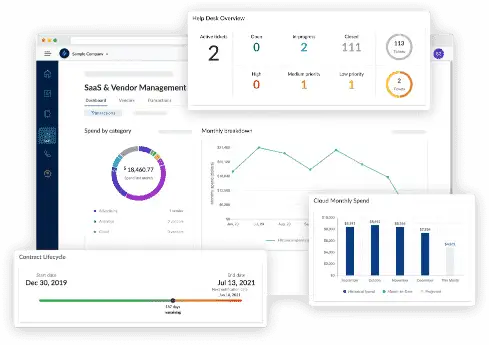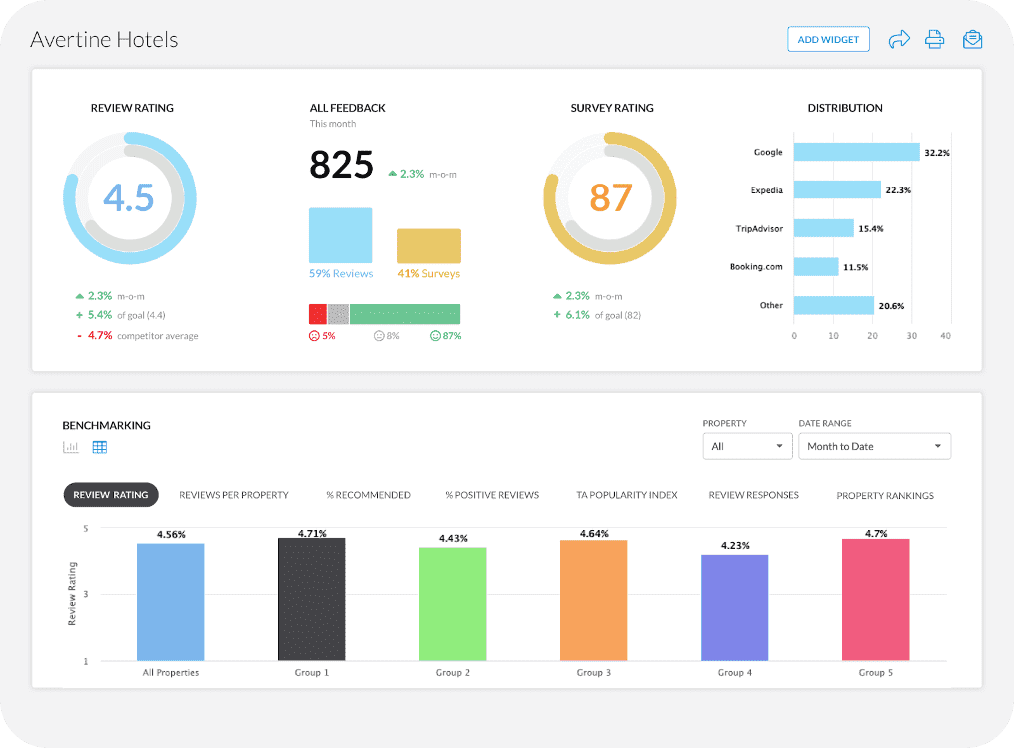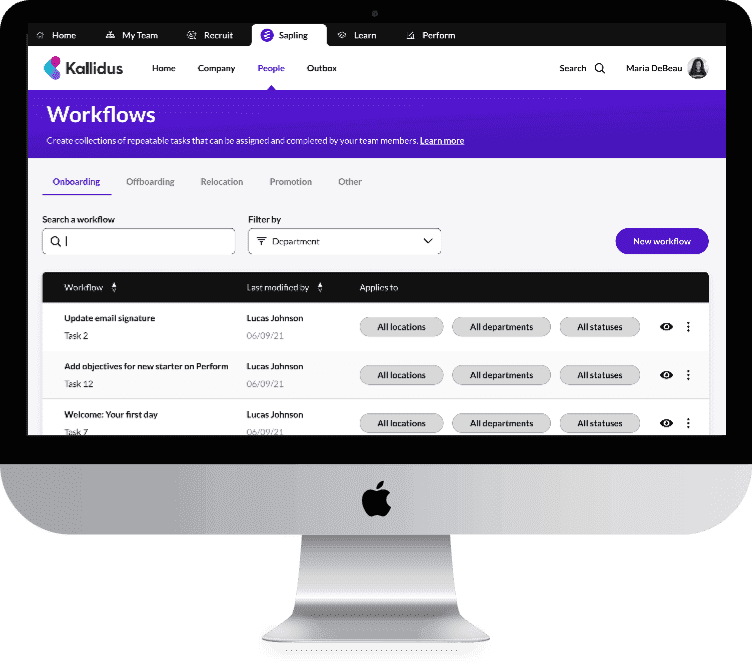Hello folks! Let’s head toward today’s tech blog related to React’s server-side rendering. Server-side rendering is popular and a valuable asset for web developers, especially when you work with React.
It is an easy way to enhance user experience, performance, and website SEO. SSR is far better than CSR (Client-Side Rendering) as SSR generates HTML content on the server. This provides faster initial load times and better search engine visibility.
In this interesting article, CodingCops will take you through the intricacies involved in mastering SSR in React. You will get to understand the importance of implementing SSR and other valuable information.
What is Server-Side Rendering?

Server-side rendering is the process of web page rendering on the server side rather than on the browser. In a traditional server-side rendering, the server pre-renders HTML content on the basis of client requests, which are then sent to the browser.
This allows users to view meaningful content as soon as possible. This approach is particularly useful in React applications, where the default is usually Client-Side Rendering.
In React’s CSR approach, the initial HTML file sent to the browser is almost empty. The JavaScript code then loads, fetching data and rendering components dynamically in the browser.
While CSR can offer a more dynamic user experience, it also has some drawbacks, such as slower first-page load times and SEO challenges due to the delay in rendering content. SSR in React helps address these issues by generating the full HTML structure server-side, ensuring faster load times and greater accessibility for search engines and social media.
Server-Side Rendering Vs. Client-side Rendering – The Differentiation

For our readers’ ease, here is a detailed comparison that covers the technical and fundamental aspects of SSR and CSR:
| Aspect | Server-Side Rendering | Client-Side Rendering |
| Rendering Location | Rendered on the server before sending it to the client. | Rendered in the user’s browser after receiving an empty HTML shell. |
| Initial Load Time | Faster initial load, as pre-rendered HTML is sent directly to the client. | Slower initial load due to JavaScript processing in the browser. |
| SEO Friendliness | Highly SEO-friendly, as HTML is available on the server for search engines to crawl. | Less SEO-friendly, though modern search engines have improved at indexing CSR pages. |
| User Experience | Users see content faster due to pre-rendered HTML. | Users may experience a delay while JavaScript renders the content. |
| Browser Requirements | Compatible with most browsers, as HTML is sent first; JavaScript is not needed immediately. | Requires JavaScript enabled on the client’s browser to render content. |
| Resource Usage | Higher server load, as server processes rendering for each request. | Higher client (user’s device) load, as rendering is handled by the browser. |
| Implementation Complexity | More complex, especially in handling server configuration, data fetching, and routing. | Generally simpler, with a straightforward setup using frameworks like React or Angular. |
| Data Fetching | Data is fetched server-side, and then HTML is generated and sent to the client. | Data is fetched on the client-side, after the initial page load. |
| Caching and Performance Optimization | Easier to implement server-side caching strategies, which can speed up responses. | Client-side caching is possible but may require more advanced configuration. |
| Error Handling | Errors can be handled server-side, allowing for smoother failover mechanisms. | Errors appear on the client side, which might impact user experience. |
When you React developers for your React projects, ensure that they are well-aware with the difference of server-side and client-side rendering as it is the basics of React development.
Why Use Server-Side Rendering in React?
Enhanced SEO
Search engines can more easily index HTML rendered on the server, improving page rankings for content-heavy websites.
Performance Boost
SSR reduces the time to first paint, allowing users to view content faster by eliminating the need to wait for JavaScript execution.
Improved User Experience
With SSR, users can view content sooner, as server-rendered HTML offers faster initial load times.
Efficient Social Media Sharing
SSR allows accurate meta information to be embedded, enhancing how content is shared across platforms.
Tips to Master Server-Side Rendering in React

Mastering SSR in React involves understanding the SSR lifecycle, learning the required configurations, and implementing SSR with React frameworks or libraries. Here’s a step-by-step guide to becoming proficient in SSR:
Setting Up a Basic React SSR Project
Start by creating a simple React application with a server capable of rendering the application. A common approach is to use Node.js with Express for SSR in React. Create a new project and install the necessary packages.
Initially, you will create a new React application with specific libraries that support SSR. Having the supportive libraries by your side will help manage the HTML content rendering on the server.
Code
npx create-react-app react-ssr-app
cd react-ssr-app
npm install express react-dom/server
Configuring the Server with Express
Once you are done with the project setup, the next step is to create a server that can handle the SSR process. In this setup, you will have to use Express to manage the incoming client requests.
The job of Express is to listen to requests, and a full HTML page is generated for each request. The whole process in Express ensures that the application loads faster for the user side and is easily accessible by search engine crawlers.
In the project directory, create “server.js” file, responsible for handling server rendering.
const express = require(‘express’);
const React = require(‘react’);
const { renderToString } = require(‘react-dom/server’);
const App = require(‘./src/App’).default;
const server = express();
server.get(‘*’, (req, res) => {
const appString = renderToString(<App />);
const html = `
<!DOCTYPE html>
<html lang=”en”>
<head><title>React SSR App</title></head>
<body>
<div id=”root”>${appString}</div>
<script src=”/static/js/bundle.js”></script>
</body>
</html>
`;
res.send(html);
});
server.listen(3000, () => console.log(‘SSR React app listening on port 3000’));
This code pre-renders the App component as a string using renderToString, which injects the rendered HTML into the page sent to the browser.
Configuring Webpack for SSR
Using Webpack for SSR requires setting up configurations to bundle both client-side and server-side code separately. Webpack configurations include entry points, output locations, and loaders for JSX. With Webpack’s SSR build, you ensure the React app can be rendered both client-side and server-side.
Managing Data Pre-fetching in SSR
To avoid blank content on the initial render, implement data pre-fetching on the server. Use libraries like Redux or React Query to handle server-side data fetching. Here’s an example using Redux:
- Define data fetching actions in Redux and trigger them on the server.
- Render the pre-fetched data in your components, passing the initial state to the client-side app.Implementing Code Splitting with SSR
Code splitting enables optimized loading times by dividing large applications into smaller, manageable chunks. React’s React.lazy() and Suspense work well with code-splitting in SSR, particularly with Next.js. For custom SSR setups, tools like @loadable/component can help manage code splitting in server-rendered React applications.
Use Next.js for SSR Implementation
For easy implementation of SSR, you must opt for Next.js, a framework of React that offers in-built routing, code splitting, and optimized configurations. Benefitting from all these benefits, developers can easily enable SSR for applications.
Code
npx create-next-app my-ssr-app
In Next.js, use getServerSideProps in pages to fetch data server-side. This function runs only on the server, fetching data and rendering it before sending it to the client.
Handling Client and Server-Side Hydration
Once the HTML is rendered on the server, the React app is “hydrated” on the client side. Hydration connects server-rendered HTML with interactive client-side JavaScript. Make sure to avoid unnecessary re-rendering during this process, as it can lead to performance issues. To handle hydration effectively, ensure consistent data and structure between server and client renders.
Optimizing for SEO and Meta Tags in SSR
Meta tags are critical for SEO, allowing search engines to understand page content. In SSR, libraries like react-helmet help inject meta tags into the server-rendered HTML. By using Helmet, you can manage dynamic meta tags, which enhance page SEO and content sharing across social media.
Debugging and Performance Monitoring
SSR applications can present unique debugging challenges, particularly with server-client discrepancies. Use debugging tools like React DevTools and monitor server logs to identify and resolve issues.
Implementing Server-Side Rendering in React

Here is the basic, step-by-step guide to implementing SSR in a React project.
Step 1: Basic Project Setup for SSR
Start by setting up a basic React application that can support SSR. This generally involves:
- Creating a new React project.
- Installing necessary dependencies.
Code:
npx create-react-app react-ssr-app
cd react-ssr-app
npm install express react-dom/server
Step 2: Setting Up the Server with Express
In SSR, we need a server that listens to incoming requests, renders the React components, and sends the HTML back to the client. For this, you can set up a simple server using Express:
- First, you have to create a server.js file at the root of your project.
- Set up Express to handle the incoming requests. The server.js file will import React components to renderToString from react-dom/server. This is necessary for pre-rendering the components.
Code:
const express = require(‘express’);
const React = require(‘react’);
const { renderToString } = require(‘react-dom/server’);
const App = require(‘./src/App’).default;
const server = express();
server.get(‘*’, (req, res) => {
const appHTML = renderToString(<App />);
const html = `
<!DOCTYPE html>
<html lang=”en”>
<head><title>React SSR App</title></head>
<body>
<div id=”root”>${appHTML}</div>
<script src=”/static/js/bundle.js”></script>
</body>
</html>
`;
res.send(html);
});
server.listen(3000, () => console.log(‘SSR React app listening on port 3000’));
Step 3: Configure Webpack
To bundle JavaScript and other assets, Webpack is used in React projects. This needs a few, but specific adjustments to support SSR.
- Use two Webpack configurations. One will be for the client-side bundle and the other for the server-side.
- You need to specify the entry points for server and client bundles.
- Loaders will be used for JSX and plugins for optimizing the SSR process.
Step 3: Data Management and Hydration
To manage data, pre-fetch it on the server and pass the initial state to the client. For smoother hydration, ensure data consistency between the server and client.
Step 4: Using Next.js for Simplified SSR
Use Next.js to simplify SSR, which comes with built-in SSR configuration, automatic code splitting, and easy server-side data fetching through getServerSideProps.
Step 5: Enhancing SEO with Meta Tags
To manage SEO in SSR, use react-helmet to set dynamic meta tags, titles, and descriptions. This ensures search engines can easily crawl the content.
Limitations of SSR
- In SSR, rendering is done on the server, increasing the server’s load, especially while dealing with complex UIs.
- Implementing SSR is a hectic task that makes the application’s architecture extraordinarily complex.
- While you build highly dynamic applications, you may witness delays due to the load on the server. The server has to fetch data, render HTML, and send it back to the client, which slows the process.
Conclusion
Mastering Server-Side Rendering in React involves understanding the benefits and mastering the configurations needed to achieve efficient SSR. From the basics of setting up an Express server to implementing SSR frameworks like Next.js, SSR enhances React applications’ speed, SEO, and user experience. So, the developers who are looking to maximize the performance and accessibility of their application must grab the concepts of SSR in React to get the benefit of the SSR.



















